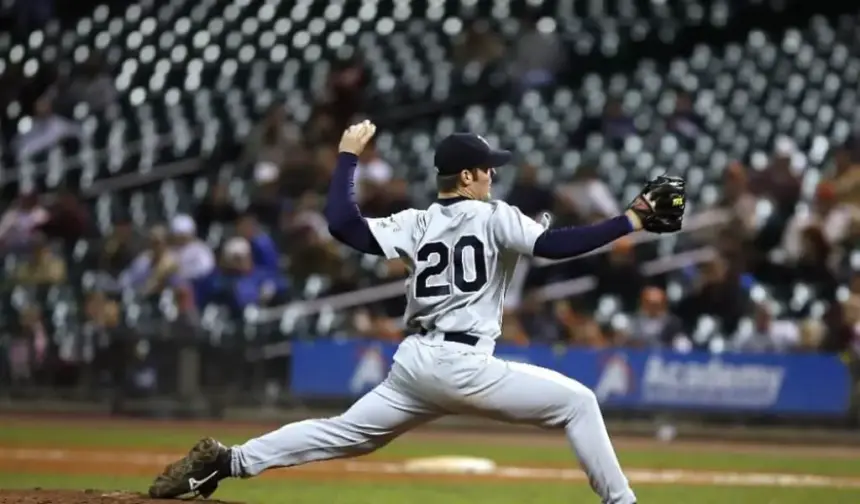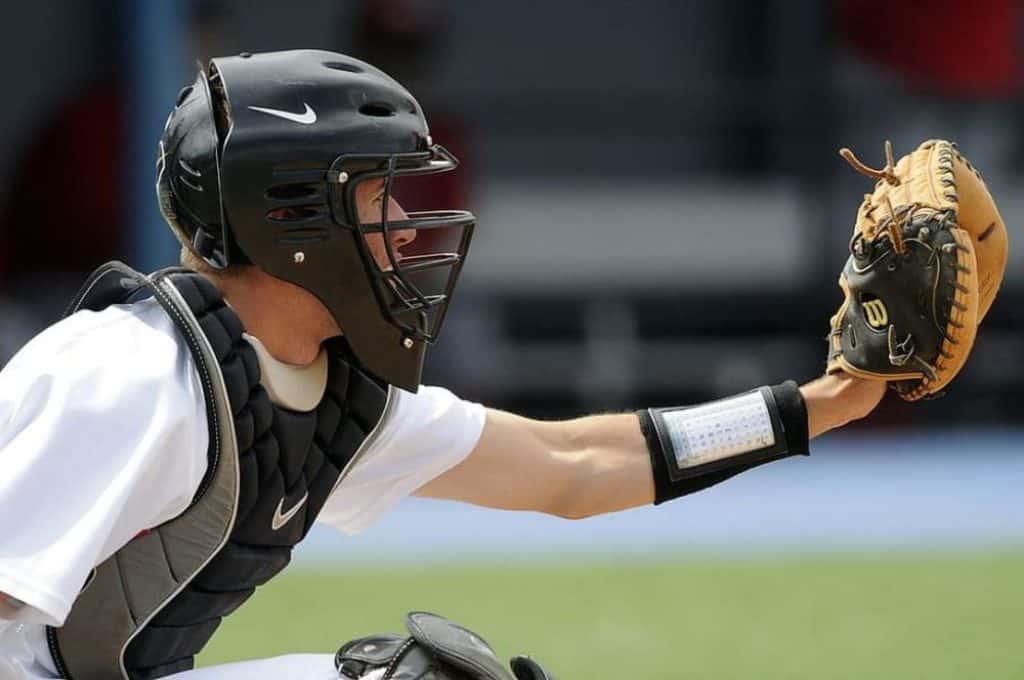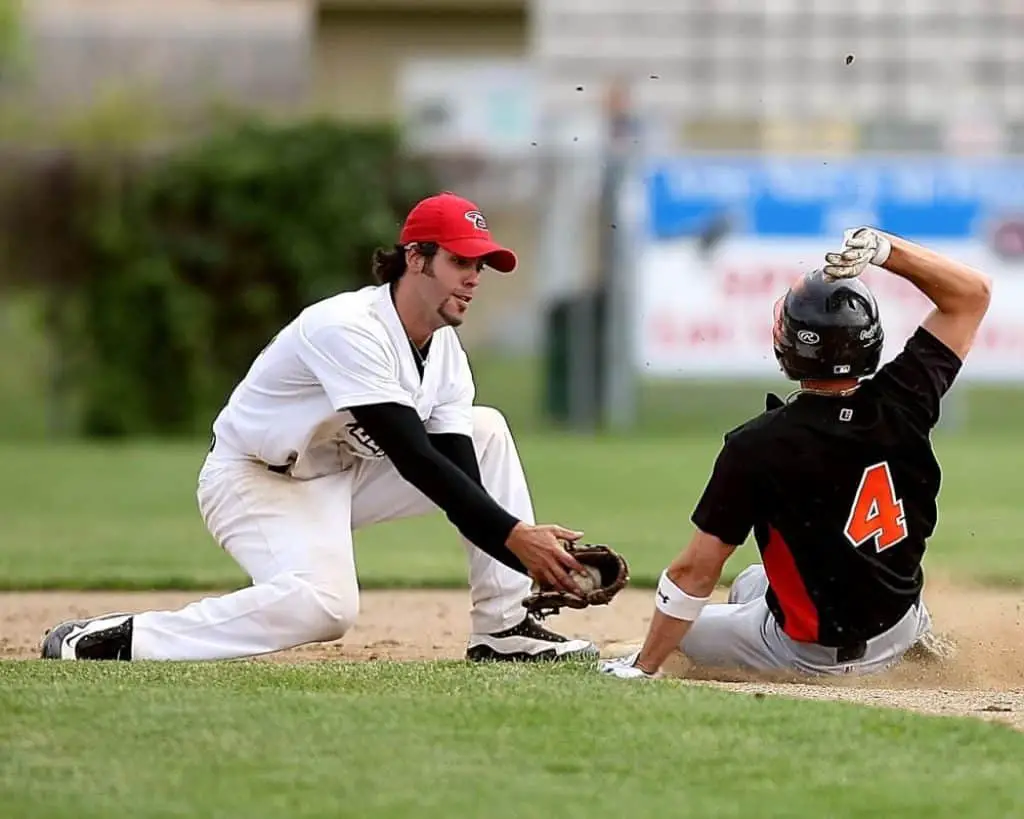What Is The Hardest Position In Baseball? (Answered!)
In baseball, every player on the field has a vital role to play. Success only comes if there’s a good performance at each position.
You never know which player is going to make a crucial play and lead the team to victory.
The same goes for failure. A weak player at a certain position can drag the whole team down.
Having said that, there is no doubt that some positions are harder to play than others.
Certain spots on the roster demand more of a player in terms of mental toughness, physical ability, and tactical assignments.
Still, the question of what is the hardest position in baseball is very much up for discussion.
The debate on this matter has been going on probably since the game was invented.
Below, I’ll explore what positions are commonly mentioned as the hardest ones and look at the arguments for each of them.
Table of Contents
What Is The Hardest Position In Baseball?
Depending on who you ask, you’ll likely get different opinions on which baseball position is hardest to play.
Most former or current players will understandably argue that their position is the most demanding. Fans will have their own opinion, as well as baseball experts and pundits.
Still, no matter who you talk to, a couple of positions usually jump out as the hardest.
Most people would agree that either pitcher, catcher, or shortstop is the position that is most difficult to play.
There are valid arguments for each of these positions as the hardest and I’ll take a closer look at each of them.
1. Pitcher

No player on the field has more influence on the outcome of the game than the pitcher. The pitcher also dictates the pace of the game and set the rhythm of the defensive play.
This comes with an incredible amount of pressure, as the pitcher has the least room for error compared to other players.
A single mistake from the pitcher can easily cost the whole team a game.
Playing at the pitcher position is not only mentally taxing but also takes a toll on the player’s body.
Pitchers are the ones that are involved in every play and they are required to throw for multiple innings.
Constant throwing motions are very tiring and put a lot of pressure on the pitcher’s arm and shoulder.
Also, pitchers probably spend the most time practicing as they need to master a variety of different pitches and be in great physical condition.
Skills And Responsibilities Of A Pitcher
The first requirements every pitcher must fulfill are mental toughness and the ability to perform in high-pressure situations.
Needless to say, they also must have certain physical capabilities if they’re to be successful in their role.
A strong arm is, of course, a must, as are good body control, a feel for throwing a baseball, and high dexterity.
Commonly, the best pitchers are tall, have long arms, a strong lower body, and wide shoulders.
The pitcher’s primary job is to get the batters out or to prevent them from reaching base and scoring runs.
To do so, they must master a variety of different pitches and learn the weaknesses of the opposing batters.
Sometimes, the pitcher will also act as a fielder, commonly when the ball is in no man’s land.
Occasionally, when the 1st baseman leaves the base to field a ball, the pitcher will cover the 1st base.
2. Catcher

Another position that is also often mentioned as the hardest in baseball is the catcher.
The catcher is often referred to as the manager on the field, so players in this position must have deep knowledge of the game and an understanding of the team’s strategy.
They need to learn everything they can about every batter on the opposing team and get familiar with their strengths and weaknesses.
As they’re the ones calling pitches, the same goes for the pitchers on their own team and it’s often said that catchers know pitchers better than they know themselves.
In addition, the catcher’s position is very physically demanding.
Unlike pitchers, who threw for a limited amount of innings, catchers take part in every play and every inning in every game.
Plus, they spend most of the game squatting, standing up, and then squatting again. Furthermore, catchers do all this while wearing heavy protective equipment.
Skills And Responsibilities Of A Catcher
A good catcher must possess a very versatile set of skills.
They need to have a high baseball IQ and call the game well and have a great mental focus as they have to do this throughout the game.
Catchers also must have communication skills and some leadership qualities as they communicate with managers and pitchers and call pitches while their team is against the bat.
In addition, they need quick feet, great blocking technique, excellent hands, and at least decent hitting skills.
In past, most catchers were thicker and shorter, less physical players. However, today, coaches appreciate more athletic and agile catchers.
Besides calling pitches and catching each throw that the batter doesn’t make contact with, catchers also have other responsibilities.
They’re in charge of preventing runners from scoring as they advance from 3rd base from home plate. Plus, they always have to keep an eye on base stealers.
3. Shortstop

When it comes to athletic ability, no position in baseball is more demanding than shortstop. No other infield player covers as much ground as a shortstop.
They’re constantly on the move to the left, to the right, and sometimes even to the outfield for short fly balls.
In addition to covering such a large area, shortstops are commonly faced with the most difficult fielding chances and often have to throw long to the first base.
Because of their central position on the field, the shortstop often assumes the commanding position in the infield and is often referred to as a captain of the infield.
Playing in this position means that you’ll be involved in most of the 27 outs during the game as a lot of balls come to that area of the field and shortstop is involved in all sorts of different plays.
Skills And Responsibilities Of A Shortstop
Shortstop stands out among other infielders due to their athleticism.
A good shortstop must be a premium athlete and extremely agile. This is because they have to cover a large area.
Plus, they’re often in a position to dive for the ball only to get up immediately and throw the ball towards the first base.
This also means that they need a solid arm and an accurate throw in order to retire batters. Shortstops also possess excellent glove skills which are necessary for successful fielding.
On top of all this, a shortstop needs to have a great field vision, understanding of the game, and leadership qualities.
Players at this position are normally located between second and third base and their primary job is to retire batters who hit the ball in this area.
They also help other infielders as a cutoff man and act as second basemen in double plays.
Conclusion
Obviously, there’s no definitive answer to what position in baseball is the hardest.
Still, some roles on the field require more versatile skills, more athleticism, and require great mental strength.
While all players contribute to winning plays, pitcher, catcher, and shortstop still stand out as positions that are hardest to play.
While coaches can sometimes hide their weaker players at some other positions, these three need to be filled with high-quality players if a team is to have any success.
The debate on this matter will certainly go on, but the constant discussion on various issues is one of the best things about baseball.




